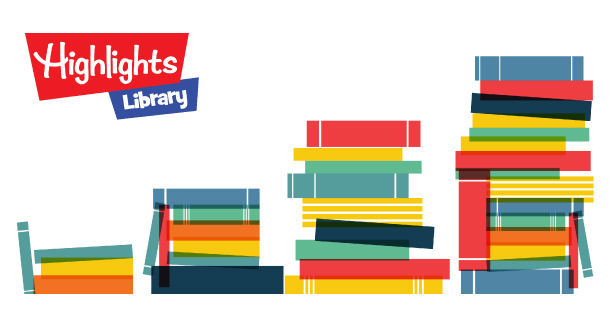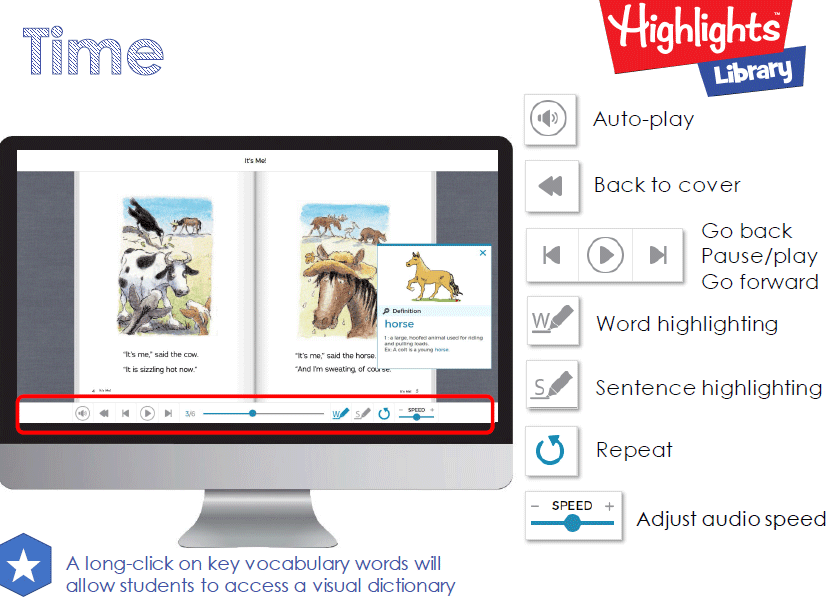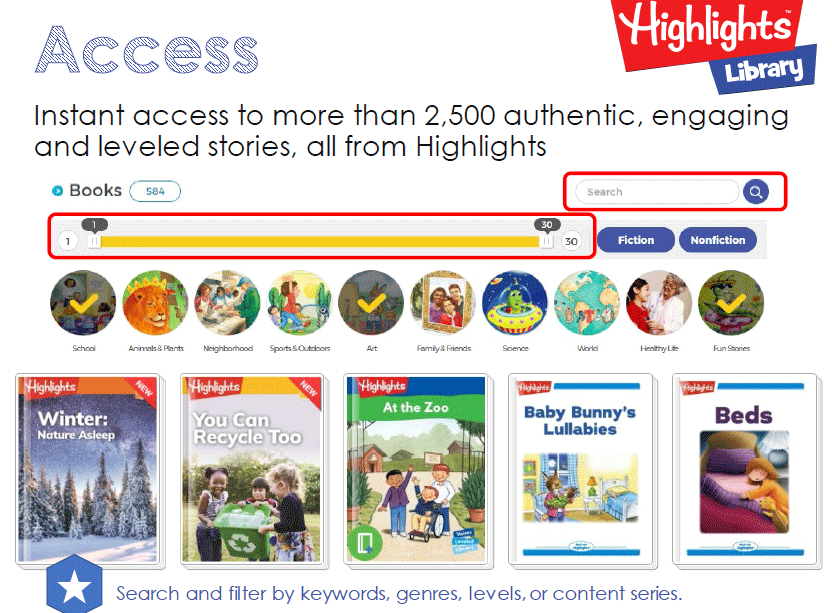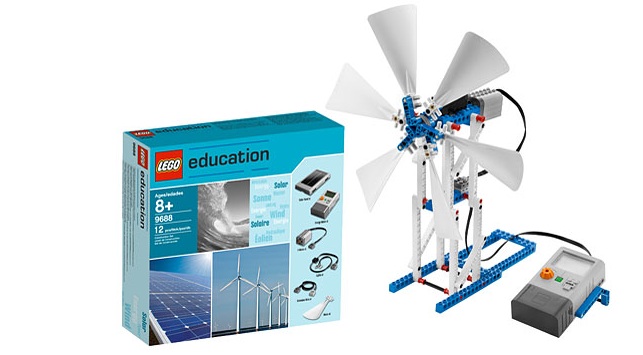
Inculcating a Love for Reading Child-friendly Books Across Different Genres!
Inculcating a Love for Reading Child-friendly Books Across Different Genres!
The first step to helping kids discover their preferred genre of reading, is by exposing them to a vast pool of books across different genres. If you think your children are too young to show a liking for one type of genre over the other, you might be mistaken. Though your little readers might be fairly at a nascent stage in reading, they already demand a book of their choice and dislike having to read a book that doesn’t interest them.
When you visit a bookstore or approach a school library, or even if you have to search for books online, as a parent or an educator, you need to be aware of the different types of genres available out there for children’s literature. When you know the genre, it becomes easier to know what to expect from the book. So now buckle-up and read on as we try to elaborate a few of them to you:
Fairy tale
A fairy tale is the most famous genre and children love to escape into dreamland after reading a good fairy tale story. The verses include magic, imagination, unique characters, and places unheard of. There’s wonder and excitement in every line of the book. It starts with once upon a time, and ends on a happy note! There are unicorns that sing and witches who caste evil spells! Sound’s familiar, doesn’t it? Most fairy tales have good and bad characters, but as all good things are meant to be, the story ultimately has a happy ending. Some famous children’s fairy tales are; Cinderella, Hansel and Gretel, The Little Red Riding Hood, and Rapunzel. Though full of emptions and glorified texts, this genre teaches children important lessons and sets the right foundation for them to understand good vs. bad and moral vs. immoral. Have a look at the extensive collection of interesting reads on Highlights Library which is available in 60 countries across the world, including UAE/GCC in the Middle East.

Spooky Horror
A Horror story is not the most preferred choice for many children, but do you know they do teach important life lessons. Really? Reading a scary tale feels like an emotional rollercoaster with many ups and downs, twists and turns. There is a sudden rush of adrenalin and a constant thrill to know what next? It keeps the reader guessing of all the possible situations that might occur and form different scenarios in mind. And oh boy, what a sigh of relief they get when all is well at the end! Children learn that in life there may be difficulties and challenges, but there is always a way to overcome them. It teaches them to face their fears and keep calm under stressful situations. Some of the famous horror stories with friendly monsters are; Goosebumps, The Witches by Roald Dahl, and series of Halloween season books.

Biography and Autobiography
The difference between a biography and an autobiography is that the former is a description of a person’s life written by a third party, whereas an autobiography is a description about one’s life written by themselves. So, Biographies are more to with important people who made an impact to the society or in their chosen fields of work, and may be alive or deceased, accounted by a third person. This genre helps children gain a new perspective of life. By exposing to great works, done by great leaders or heroic individuals, children get motivated and start exploring their leadership qualities. They also learn from other people’s mistakes & experiences and remember not to faulter when faced with such situations in real life. Some famous child-friendly books under this genre are; Serena Williams, The Story of Hellen Keller, I am Martin Luther King Jr. and I am Malala
Science Fiction
Also termed ad sci-fi /science fiction is a genre that speculates happenings in the future that currently don’t exist in real world. The technological advancements are exaggerated to make scenes that describe time travel, communicating with aliens, or something as dramatic as like robots taking over the world. The famous Star Wars movie was based on sci-fi. This genre definitely encourages children to develop a deeper level of interest in the field of Science, redefine imagination, and just marvel an out-of-this world experience which is pretty fascinating. Sci-fi books that you can get your hands on are; The Wonderful Flight to Mushroom Planet, Cosmic, Grosse Adventures: Stinky & Stan Blast Off! Did you know Comic Con in Dubai attracted 50,00 fans, especially to meet the sci-fi celebrities and their favorite cult heroes.









Recent Comments